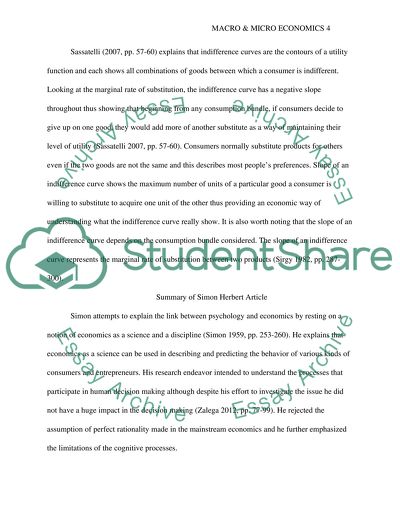Cite this document
(“MICROECONOMIC THEORY Essay Example | Topics and Well Written Essays - 1500 words”, n.d.)
Retrieved from https://studentshare.org/macro-microeconomics/1498708-microeconomic-theory
Retrieved from https://studentshare.org/macro-microeconomics/1498708-microeconomic-theory
(MICROECONOMIC THEORY Essay Example | Topics and Well Written Essays - 1500 Words)
https://studentshare.org/macro-microeconomics/1498708-microeconomic-theory.
https://studentshare.org/macro-microeconomics/1498708-microeconomic-theory.
“MICROECONOMIC THEORY Essay Example | Topics and Well Written Essays - 1500 Words”, n.d. https://studentshare.org/macro-microeconomics/1498708-microeconomic-theory.


